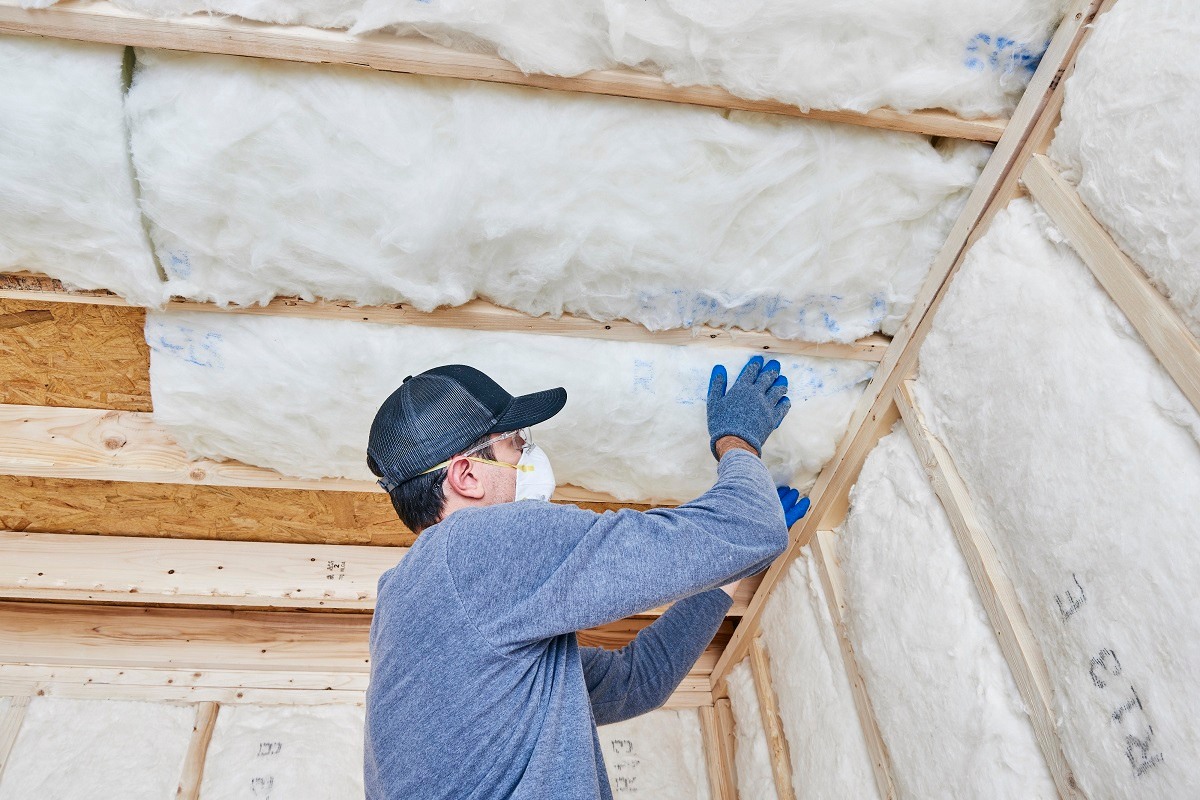

Articles
Why Is Fiberglass Used In Insulation
Modified: February 3, 2024
Discover why articles on fiberglass insulation discuss its numerous benefits and applications in the construction industry.
(Many of the links in this article redirect to a specific reviewed product. Your purchase of these products through affiliate links helps to generate commission for Storables.com, at no extra cost. Learn more)
Introduction
When it comes to insulating homes and buildings, fiberglass insulation has become a popular choice for its effectiveness and affordability. Insulation is an essential component in creating a comfortable and energy-efficient space, and choosing the right material plays a crucial role in achieving optimal insulation performance.
In this article, we will explore the basics of insulation and delve into the reasons why fiberglass insulation is widely used in residential and commercial buildings. We will discuss its properties, advantages, environmental impact, common uses, and how it compares to other insulation materials. Additionally, we will touch on the installation and maintenance of fiberglass insulation.
By the end of this article, you will have a comprehensive understanding of the importance of insulation and why fiberglass is the go-to choice for many homeowners and contractors.
Key Takeaways:
- Fiberglass insulation offers exceptional thermal performance, soundproofing, and moisture resistance, making it a versatile and cost-effective choice for creating comfortable and energy-efficient indoor environments in residential and commercial buildings.
- With its sustainable materials, recyclability, and reduced environmental impact, fiberglass insulation contributes to improved energy efficiency, lower carbon footprint, and a greener, more sustainable built environment.
Read more: How Much Is Fiberglass Insulation
Basics of Insulation
Insulation is a crucial component in maintaining a comfortable indoor environment while reducing energy consumption. It works by slowing down the transfer of heat between the interior and exterior of a building. Effective insulation helps keep the interior cool in the summer and warm in the winter by preventing the escape of heated or cooled air.
Insulating materials are selected based on their ability to resist heat transfer. This resistance is measured using a metric called thermal resistance, often referred to as the R-value. The higher the R-value, the better the material is at preventing heat flow. Insulation is typically installed in various areas of a building, including walls, ceilings, floors, and attics, to ensure maximum energy efficiency.
There are several types of insulation materials available on the market, including fiberglass, cellulose, foam, and mineral wool. Each material has its own unique properties and benefits. Among these options, fiberglass insulation stands out as one of the most popular choices.
Fiberglass insulation consists of extremely fine glass fibers that are laid out in a dense and compact manner. These fibers trap air pockets, which helps to slow down the conduction of heat. The result is a material that provides excellent thermal insulation.
Now that we have covered the basics of insulation, let’s take a closer look at fiberglass insulation and the reasons behind its widespread usage.
What is Fiberglass?
Fiberglass is a man-made material that is composed of fine glass fibers. It is created by melting glass and then extruding it into thin strands or filaments. These strands are woven together to form a flexible and lightweight material that is commonly used in insulation, as well as in various other applications.
The glass fibers that make up fiberglass are typically made from silica, a naturally occurring compound found in sand. Other additives may be incorporated to enhance the strength and durability of the material. The glass fibers are highly resistant to heat, chemicals, and corrosion, making fiberglass a reliable and long-lasting insulation option.
One of the key advantages of fiberglass insulation is its versatility. It can be produced in various forms, including batts, rolls, loose-fill, and rigid panels. This allows for easy installation in different areas of a building, such as walls, attics, and crawl spaces.
Fiberglass insulation is also available in different thicknesses and R-values, providing homeowners and contractors with options to meet their specific insulation needs. It is important to note that the R-value of fiberglass insulation can vary depending on the density and thickness of the material.
Furthermore, fiberglass insulation is known for its non-combustible properties. Due to the high melting point of glass, it does not contribute to the spread of fire, making it a safer choice for insulation purposes.
Overall, fiberglass insulation is a versatile and durable material that offers excellent thermal insulation properties. Its ability to resist heat transfer, coupled with its non-combustible nature, makes it an ideal choice for insulating homes and buildings.
Properties of Fiberglass
Fiberglass insulation exhibits a wide range of properties that make it a popular choice for insulation applications. Understanding these properties can help us better appreciate the benefits of using fiberglass insulation.
Thermal Insulation: One of the primary properties of fiberglass insulation is its excellent thermal insulation capabilities. The fine glass fibers trap air pockets, effectively reducing heat transfer through conduction. This helps to maintain a comfortable indoor temperature and reduces the need for excessive heating or cooling.
Sound Dampening: In addition to thermal insulation, fiberglass also provides soundproofing benefits. The dense and compact nature of the fibers helps to dampen sound vibrations, reducing the transmission of noise between rooms or from external sources. This makes fiberglass insulation an ideal choice for creating quiet and peaceful indoor environments.
Moisture Resistance: Fiberglass insulation is resistant to moisture and does not absorb water. This is an important characteristic as it helps to prevent the growth of mold and mildew, which can have detrimental effects on indoor air quality and the structural integrity of a building.
Chemical Resistance: Fiberglass insulation is highly resistant to chemicals, making it suitable for use in areas where exposure to corrosive substances is a concern. It does not react with common chemicals, ensuring long-term performance and durability.
Non-Allergenic: Unlike some other insulation materials, fiberglass is non-allergenic and does not emit harmful particles into the air. This makes it a safe choice for individuals with respiratory sensitivities or allergies.
Lightweight and Flexible: Fiberglass insulation is lightweight and easy to handle, making it convenient for installation in various areas of a building. It can be effortlessly cut and shaped to fit around obstacles, ensuring a snug fit and maximum coverage.
Longevity: Fiberglass insulation is known for its longevity and durability. With proper installation and maintenance, it can last for decades, providing consistent thermal and acoustic insulation performance over time.
Fire Resistance: Another important property of fiberglass insulation is its fire resistance. The high melting point of glass fibers ensures that it does not contribute to the spread of flames in case of a fire. This enhances the safety of the building and provides valuable time for occupants to evacuate.
These properties make fiberglass insulation an attractive choice for both residential and commercial buildings, offering effective insulation, soundproofing, moisture resistance, and good air quality.
Advantages of Fiberglass Insulation
Fiberglass insulation offers numerous advantages that make it a preferred choice for homeowners and contractors. Let’s explore some of the key benefits of using fiberglass insulation:
- Effective Thermal Insulation: Fiberglass insulation is well-known for its exceptional thermal insulation properties. It helps to create a barrier that prevents heat transfer, keeping the interior of a building warm in the winter and cool in the summer. This results in increased energy efficiency and reduced heating and cooling costs.
- Cost-Effective: Fiberglass insulation is relatively affordable compared to other types of insulation materials. Its cost-effectiveness makes it an attractive option for homeowners who want to improve energy efficiency without breaking the bank.
- Easy Installation: Fiberglass insulation is easy to install, thanks to its lightweight and flexible nature. It is available in pre-cut batts, rolls, or loose-fill forms, making it convenient for both professional contractors and DIY enthusiasts. The fiberglass material can be easily cut to fit around obstacles and ensure a snug and proper installation.
- Versatility: Fiberglass insulation can be used in various parts of a building, including walls, attics, floors, and crawl spaces. It can also be used in both new construction and retrofit projects. This versatility allows for consistent and comprehensive insulation throughout the entire building envelope.
- Durable and Long-Lasting: Fiberglass insulation is known for its durability. It maintains its insulating properties for many years without settling or degrading. Properly installed and maintained fiberglass insulation can last for decades, providing long-term energy savings and comfort.
- No Settling: Unlike some other insulation materials, fiberglass insulation does not settle over time. It retains its original thickness and R-value, ensuring consistent and reliable insulation performance throughout the lifespan of the building.
- Soundproofing: Fiberglass insulation helps to reduce sound transmission between rooms and from external sources. The dense and compact nature of the fibers absorbs sound vibrations, creating quieter and more peaceful indoor environments.
- Environmentally Friendly: Fiberglass insulation is made from sustainable materials, such as glass and sand. It does not contain formaldehyde or other harmful chemicals, making it environmentally friendly and safe for indoor air quality. Additionally, fiberglass insulation can be recycled at the end of its useful life, contributing to a more sustainable and circular economy.
Considering all these advantages, it’s no wonder that fiberglass insulation is a popular choice among homeowners and builders alike. Its effectiveness, affordability, ease of installation, versatility, and durability make it an ideal solution for achieving optimal energy efficiency and thermal comfort in buildings of all types.
Read more: How To Handle Fiberglass Insulation
Environmental Impact of Fiberglass Insulation
Environmental considerations play a crucial role in the selection of insulation materials. When it comes to fiberglass insulation, it is important to understand its environmental impact. Let’s examine the environmental factors associated with fiberglass insulation:
- Sustainable Material: Fiberglass insulation is primarily made from glass, a sustainable material. Glass is derived from silica, which is abundant and widely available. The use of glass in fiberglass insulation reduces the dependence on non-renewable resources.
- Energy Efficiency: By providing effective thermal insulation, fiberglass insulation helps to reduce the energy consumption of a building. When a building is properly insulated, less energy is required for heating and cooling, resulting in lower greenhouse gas emissions and a reduced carbon footprint.
- Recyclability: Fiberglass insulation can be recycled at the end of its lifespan. The glass fibers can be melted down and used to create new insulation products or other glass materials. Recycling fiberglass insulation helps to conserve resources and reduce waste sent to landfills.
- No Off-gassing: Fiberglass insulation is known for its low VOC (Volatile Organic Compound) emissions. Unlike some other insulation materials, fiberglass does not emit harmful chemicals into the air, contributing to better indoor air quality and overall environmental health.
- Durability and Longevity: Fiberglass insulation is a durable material that can last for many years. Its long lifespan reduces the need for frequent replacement, minimizing waste and the environmental impact associated with manufacturing and disposal.
- Reduced Need for HVAC Systems: The thermal insulation provided by fiberglass insulation can decrease the reliance on heating, ventilation, and air conditioning (HVAC) systems. This reduction in energy demand can lead to lower electricity consumption and associated environmental impacts.
It is important to note that while fiberglass insulation itself has positive environmental attributes, the production process may have some environmental impact. The manufacturing of fiberglass insulation requires energy and resources. However, the energy savings achieved through the use of fiberglass insulation during the building’s operational life far outweigh the environmental impact of its production.
Overall, fiberglass insulation offers significant environmental benefits, including energy efficiency, recyclability, reduced VOC emissions, and resource conservation. When properly installed and maintained, fiberglass insulation contributes to a greener and more sustainable built environment.
Fiberglass is used in insulation because it is a lightweight, cost-effective, and non-flammable material that effectively traps air, reducing heat transfer and improving energy efficiency in buildings.
Common Uses of Fiberglass Insulation
Fiberglass insulation is a versatile material that finds a wide range of applications in both residential and commercial buildings. Let’s explore some of the common uses of fiberglass insulation:
- Attic Insulation: Attics are one of the primary areas where fiberglass insulation is used. It is installed between the attic joists or laid on the attic floor to prevent heat transfer between the living spaces and the unconditioned attic. Properly insulating the attic with fiberglass helps to maintain stable indoor temperatures and reduce energy loss.
- Wall Insulation: Fiberglass insulation is commonly used in exterior and interior walls to provide thermal insulation. It is installed within the wall cavities to reduce heat transfer between the interior and exterior of the building. Properly insulated walls help to create a comfortable indoor environment and enhance energy efficiency.
- Floor Insulation: Fiberglass insulation is often used in between the floor joists to provide thermal and sound insulation. It helps to minimize heat loss through floors, especially in raised or suspended floor systems. Proper floor insulation helps to maintain a comfortable living environment and reduce energy costs.
- Ceiling Insulation: Fiberglass insulation is used in both residential and commercial buildings to insulate ceilings, including suspended ceilings or drop ceilings. By installing fiberglass insulation above the ceiling, heat transfer between floors can be minimized, resulting in improved energy efficiency.
- Duct Insulation: Fiberglass insulation can also be used to insulate HVAC ducts, both in residential and commercial settings. Insulating ducts helps to prevent heat loss or gain during the distribution of conditioned air, improving the overall energy efficiency of the heating and cooling system.
- Pipe Insulation: Fiberglass insulation is frequently used to insulate pipes in order to prevent heat loss or gain. Pipe insulation helps to maintain consistent water temperatures, improves energy efficiency, and prevents condensation on cold water pipes. It is commonly used in plumbing and HVAC systems.
- Soundproofing: In addition to thermal insulation, fiberglass insulation is effective at soundproofing. It is used in walls, floors, and ceilings to reduce the transmission of sound between rooms or from external sources. Acoustic insulation with fiberglass helps to create quieter and more peaceful living or working environments.
These are just a few examples of the common uses of fiberglass insulation. Its versatility and effectiveness in providing both thermal and sound insulation make it a popular choice for a wide range of applications in residential, commercial, and industrial settings.
Comparisons with Other Insulation Materials
When choosing insulation materials, it is important to consider how different options compare to each other. Let’s examine how fiberglass insulation stacks up against some other commonly used insulation materials:
- Cellulose Insulation: Cellulose insulation is made from recycled paper products and treated with fire-retardant chemicals. While both fiberglass and cellulose insulation offer effective thermal insulation, fiberglass is generally more resistant to moisture, mold, and pests. Fiberglass insulation is also easier to install and offers better soundproofing capabilities.
- Spray Foam Insulation: Spray foam insulation is a popular choice for its ability to provide an airtight seal. While both spray foam insulation and fiberglass insulation offer excellent thermal insulation, spray foam can be more costly and requires professional installation. Fiberglass insulation, on the other hand, is more affordable and easier to install, making it a popular choice for DIY projects.
- Mineral Wool Insulation: Mineral wool insulation is made from melted basalt or recycled slag and spun into fibers. It offers similar thermal and soundproofing properties to fiberglass insulation. However, mineral wool insulation has higher density and weight, which can make it more challenging to handle during installation. Fiberglass insulation is lighter and easier to work with, making it a preferred choice for many homeowners and contractors.
- Foam Board Insulation: Foam board insulation, also known as rigid foam insulation, is made from polystyrene or polyurethane. It provides excellent thermal insulation and moisture resistance. While foam board insulation offers superior insulating properties, it can be more expensive and more difficult to install compared to fiberglass insulation. Fiberglass insulation, however, is more readily available and provides a cost-effective solution for most insulation needs.
Ultimately, the choice between different insulation materials depends on several factors, including the specific insulation requirements, budget, installation process, and personal preference. Fiberglass insulation stands as a reliable and versatile option that offers excellent thermal and sound insulation performance, affordability, ease of installation, and resistance to moisture and pests.
Installation and Maintenance of Fiberglass Insulation
Proper installation and maintenance are key to ensuring the effectiveness and longevity of fiberglass insulation. Let’s explore the important considerations for installing and maintaining fiberglass insulation:
Read more: How To Remove Fiberglass Insulation
Installation:
1. Preparation: Before installing fiberglass insulation, ensure that the area is clean and free from any debris or obstacles. Verify that the insulation material is the correct thickness and R-value for the intended application.
2. Safety Precautions: It is important to wear appropriate protective gear, such as gloves, safety goggles, and a dust mask, during installation. The fine glass fibers may irritate the skin, eyes, and respiratory system if not handled properly.
3. Proper Handling: Handle fiberglass insulation with care to prevent damage to the fibers. Avoid compressing or tearing the material, as this can reduce its insulating effectiveness. Cut the insulation to the appropriate size and shape using a utility knife or insulation cutter.
4. Installation Techniques: The installation technique may vary depending on the specific application. For example, in wall cavities, the fiberglass batts should be fit snugly between the studs, ensuring there are no gaps or voids. In attic spaces, the insulation should be laid out evenly and not compressed to maintain its thermal performance.
5. Vapor Barrier: In certain situations, such as in colder climates, it may be necessary to install a vapor barrier along with the fiberglass insulation to prevent moisture from entering the building envelope. Consult local building codes or a professional for guidelines on vapor barrier installation.
Maintenance:
1. Inspection: Regularly inspect the fiberglass insulation for signs of damage, such as compression, water stains, or mold growth. Check for any gaps or voids in the installation and address them promptly to maintain optimal thermal performance.
2. Moisture Prevention: Take steps to prevent moisture accumulation in areas where fiberglass insulation is installed. Ensure proper ventilation in attics and crawl spaces, and promptly repair any leaks or water damage to avoid compromising the integrity of the insulation.
3. Pest Control: Inspect for signs of pests, such as rodents or insects, that may damage or nest within the insulation. Take necessary measures to prevent pest entry, such as sealing gaps and cracks, and promptly address any infestations to protect the insulation.
4. Air Sealing: Consider air sealing the building envelope to enhance the overall energy efficiency of the insulation system. Properly sealing gaps, cracks, and air leaks can further reduce heat transfer and improve the insulation’s performance.
5. Replacement: If the fiberglass insulation becomes significantly damaged or loses its insulating properties over time, it may need to be replaced. Consult with professionals and adhere to local guidelines when replacing insulation in order to achieve optimal outcomes.
Adhering to these installation and maintenance practices can help ensure that fiberglass insulation remains effective, providing long-lasting thermal insulation and energy efficiency benefits for your home or building.
Conclusion
Fiberglass insulation has proven to be an excellent choice for homeowners and contractors seeking effective, affordable, and versatile insulation solutions. With its unique properties, such as thermal insulation, soundproofing, moisture resistance, and long-term durability, fiberglass insulation offers numerous benefits for creating comfortable and energy-efficient indoor environments.
Throughout this article, we have explored the basics of insulation and delved into the world of fiberglass insulation. We have examined its properties, advantages, environmental impact, common uses, and comparisons with other insulation materials.
Fiberglass insulation stands out as a dependable option due to its thermal insulation capabilities, cost-effectiveness, ease of installation, and ability to provide soundproofing benefits. It is a sustainable and recyclable material that contributes to improved energy efficiency and reduced carbon footprint.
From being used in attics and walls to providing insulation for floors, ceilings, ducts, and pipes, fiberglass insulation offers versatile applications in both residential and commercial settings. Its installation and maintenance are relatively straightforward, requiring proper handling and regular inspection to ensure optimal performance.
Overall, fiberglass insulation plays a significant role in creating comfortable indoor environments, reducing energy consumption, and enhancing the overall sustainability of buildings. Its ability to balance thermal insulation, sound absorption, and moisture resistance make it a reliable choice for insulating homes, offices, and other structures.
As you consider insulation options for your building projects, keep in mind the benefits and advantages that fiberglass insulation brings. Consult with professionals and adhere to local guidelines for proper installation and maintenance practices.
By choosing fiberglass insulation, you can not only improve comfort and energy efficiency but also contribute to a greener and more sustainable future.
Frequently Asked Questions about Why Is Fiberglass Used In Insulation
Was this page helpful?
At Storables.com, we guarantee accurate and reliable information. Our content, validated by Expert Board Contributors, is crafted following stringent Editorial Policies. We're committed to providing you with well-researched, expert-backed insights for all your informational needs.
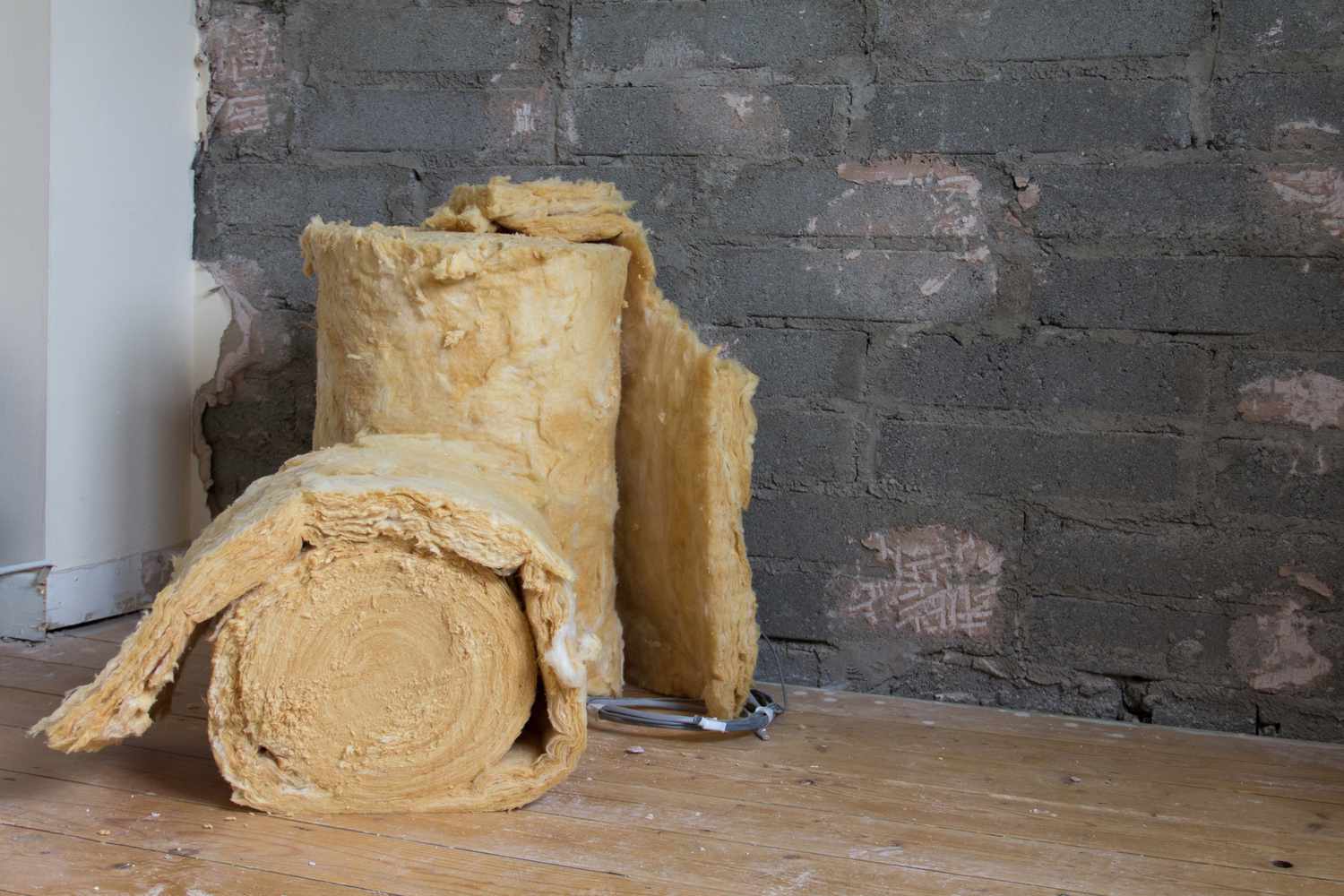
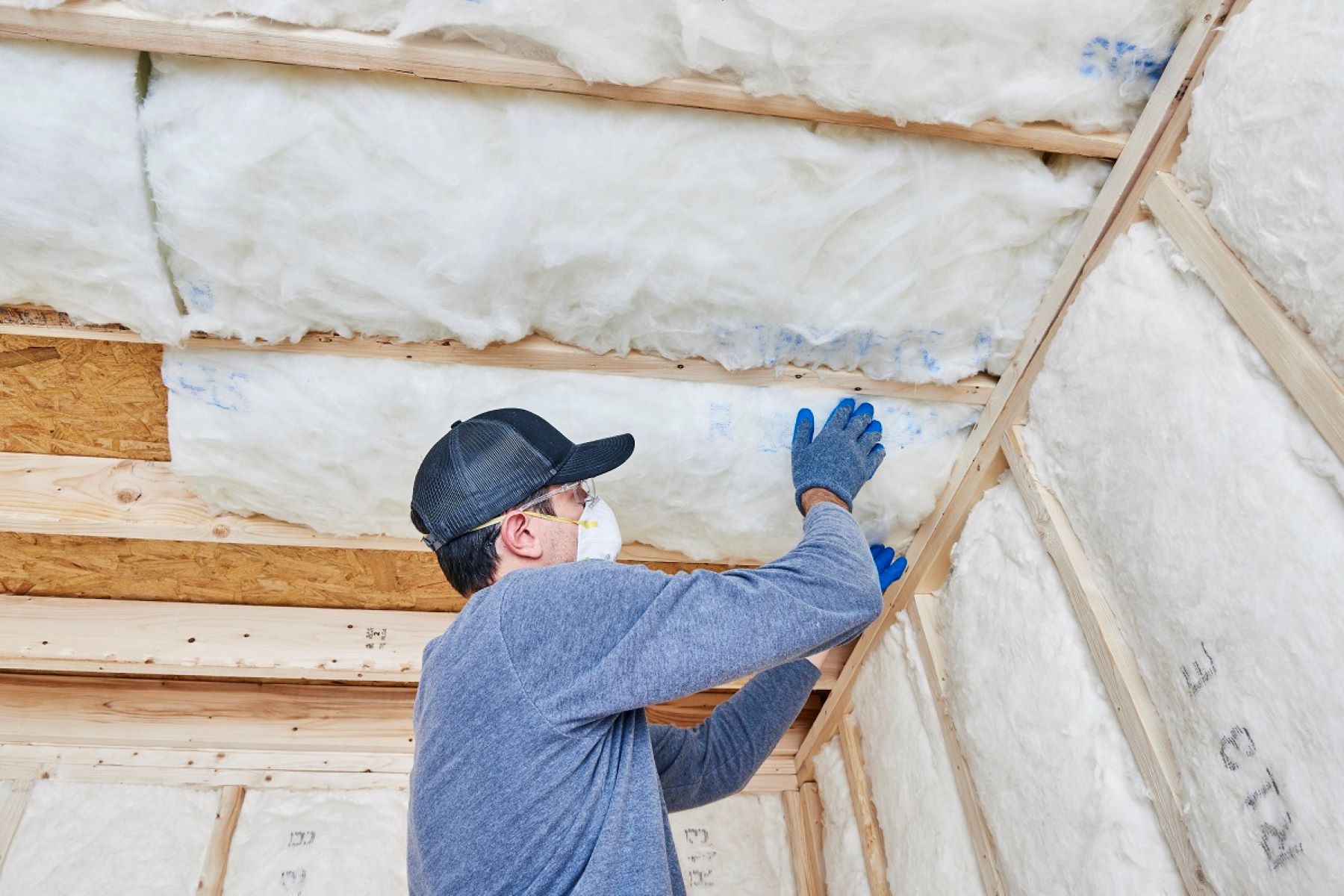
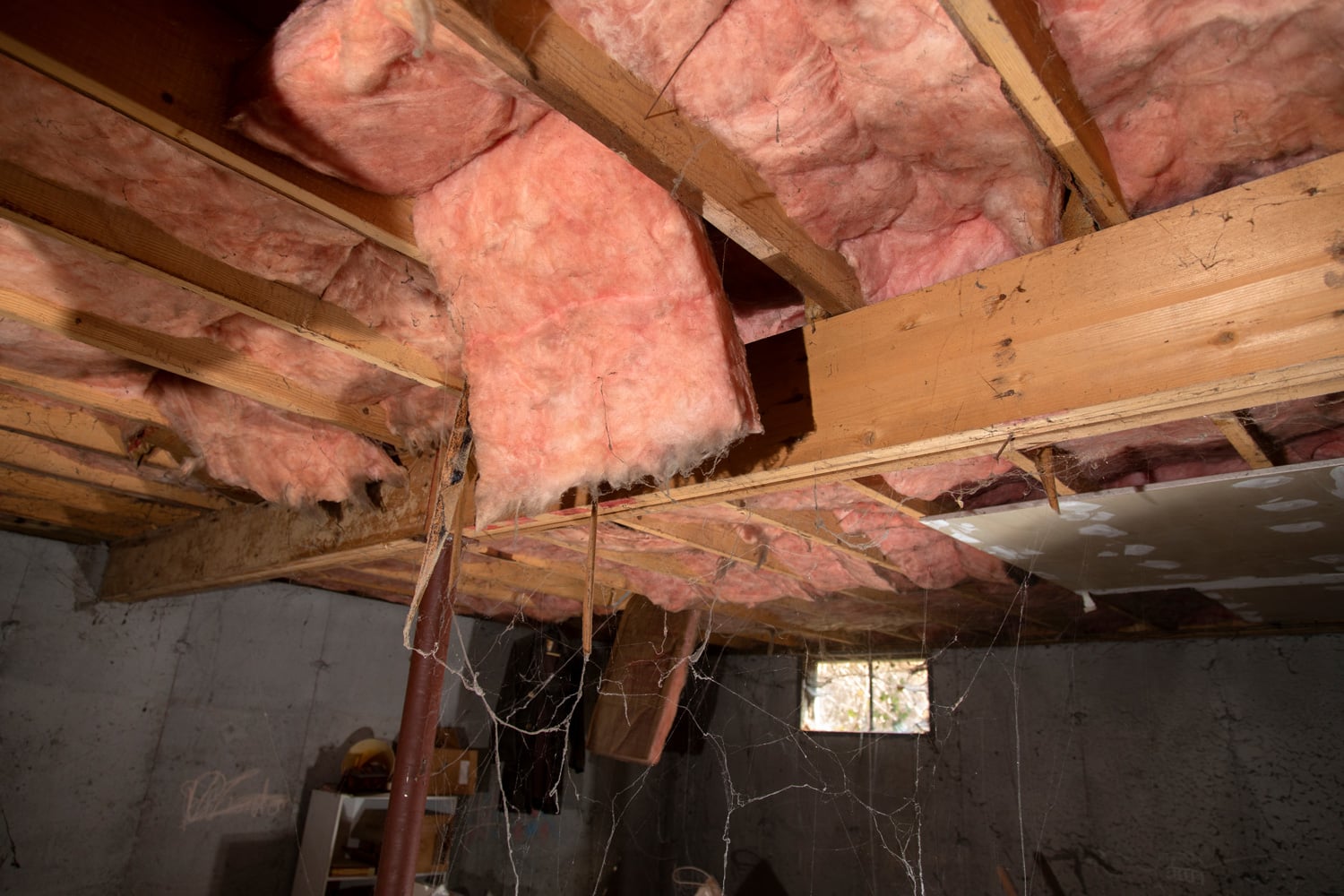
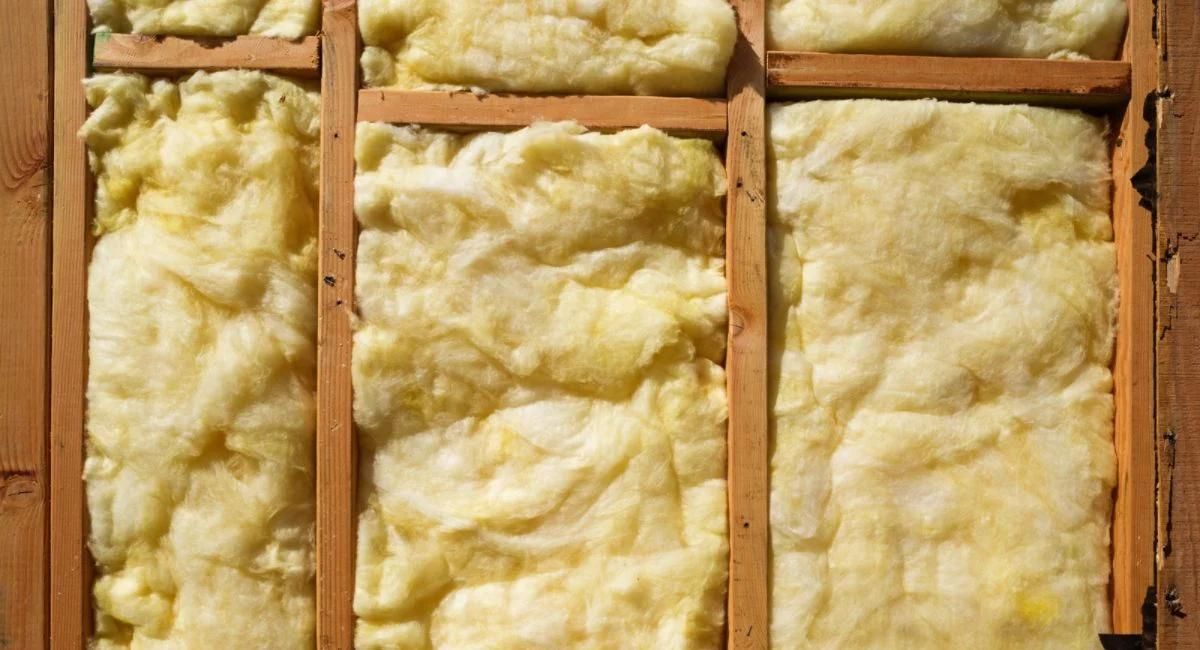
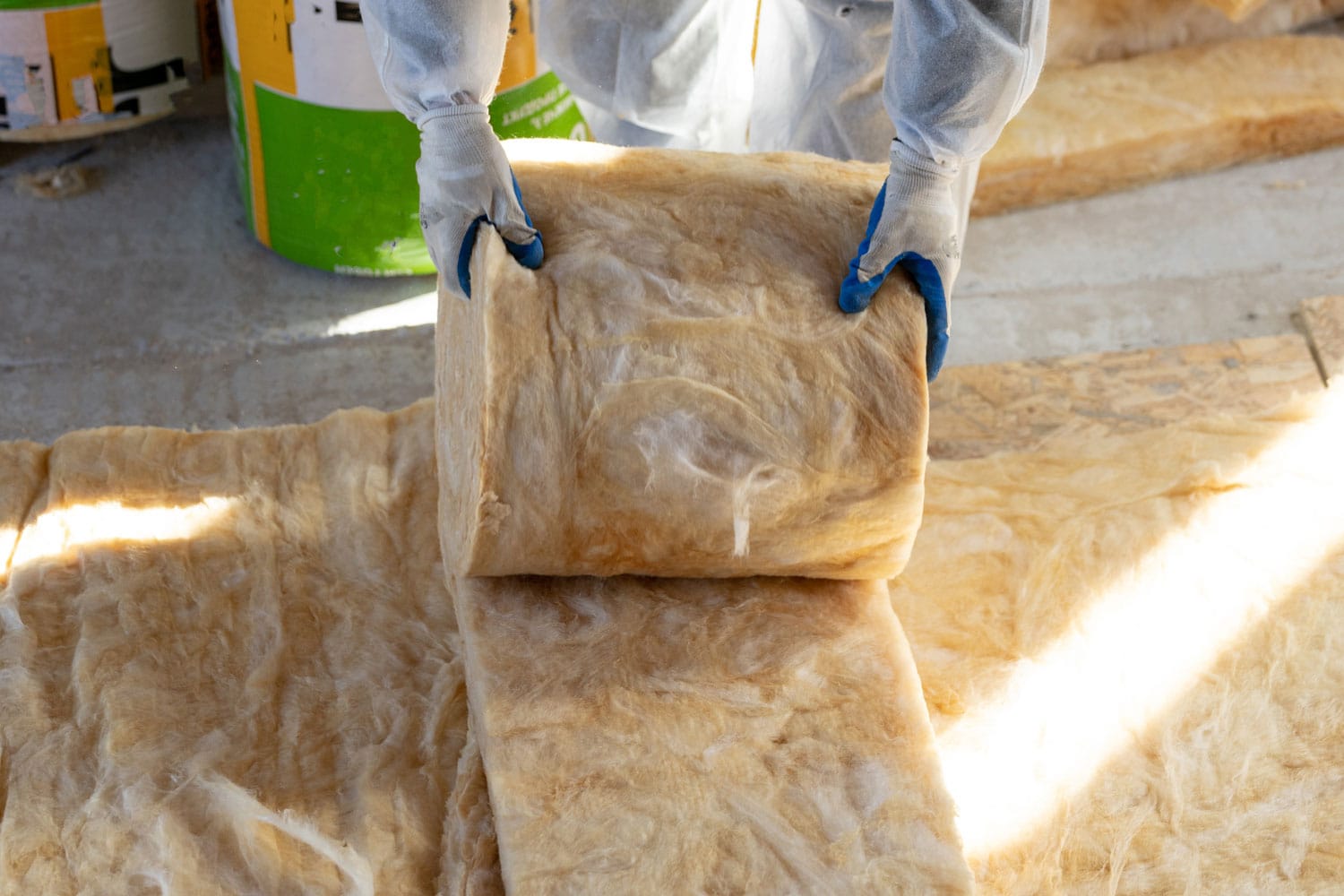
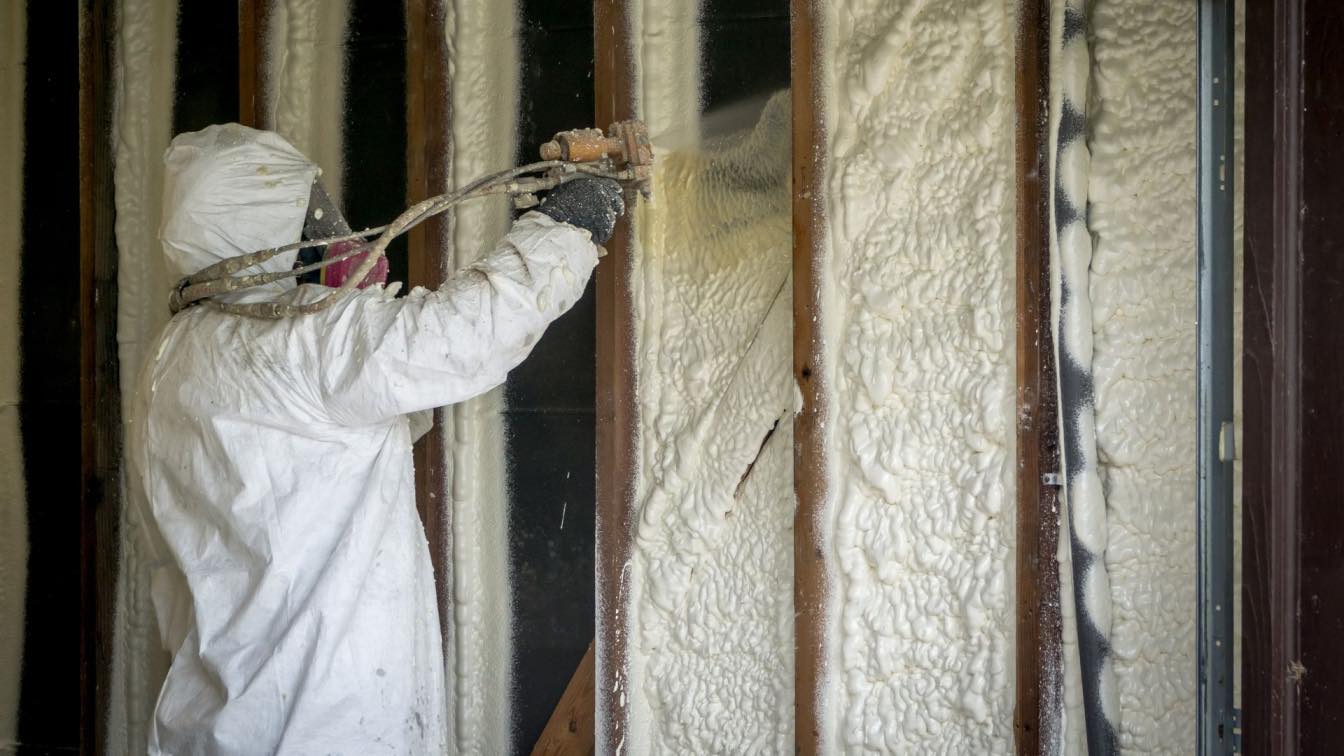
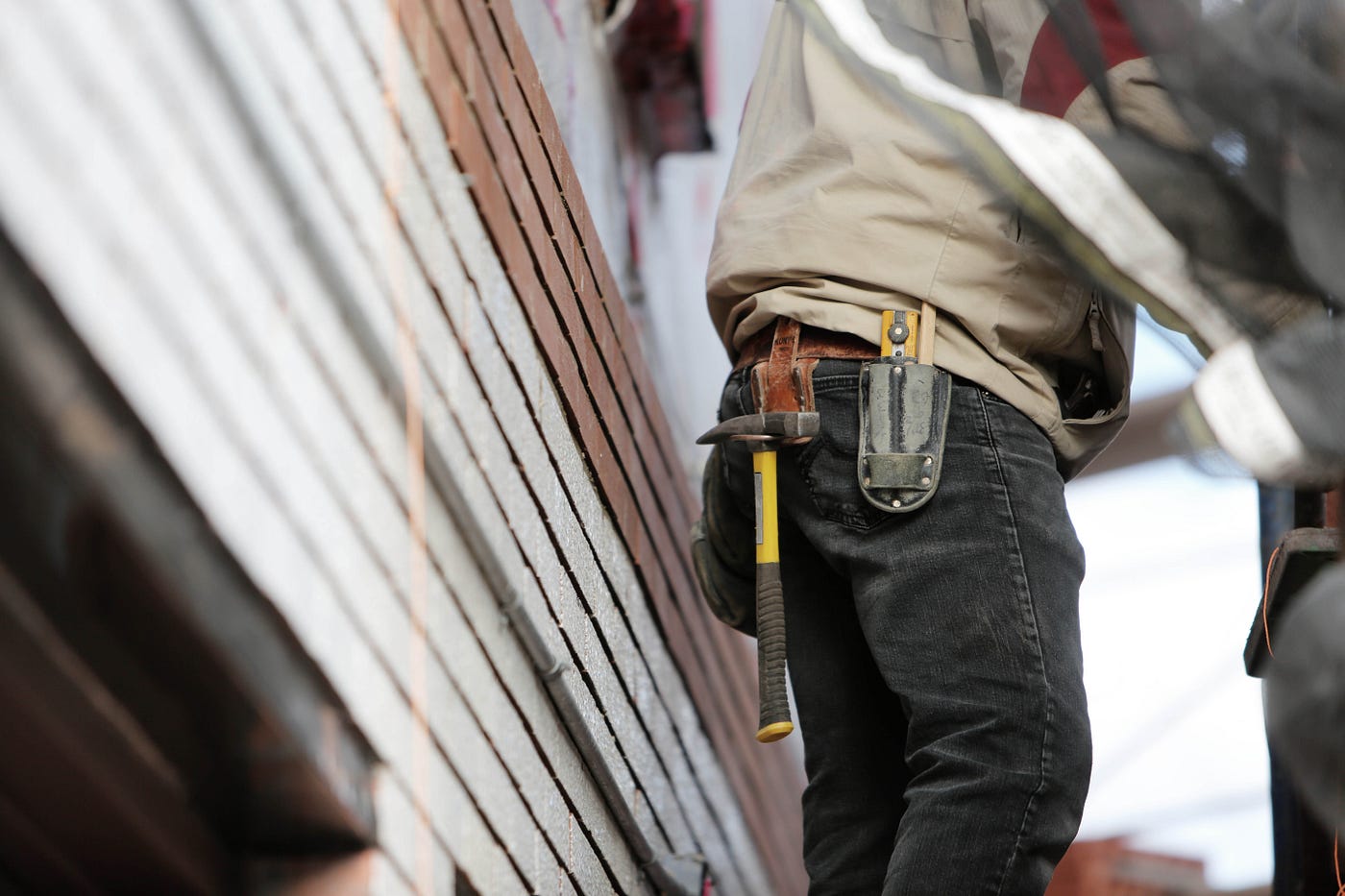
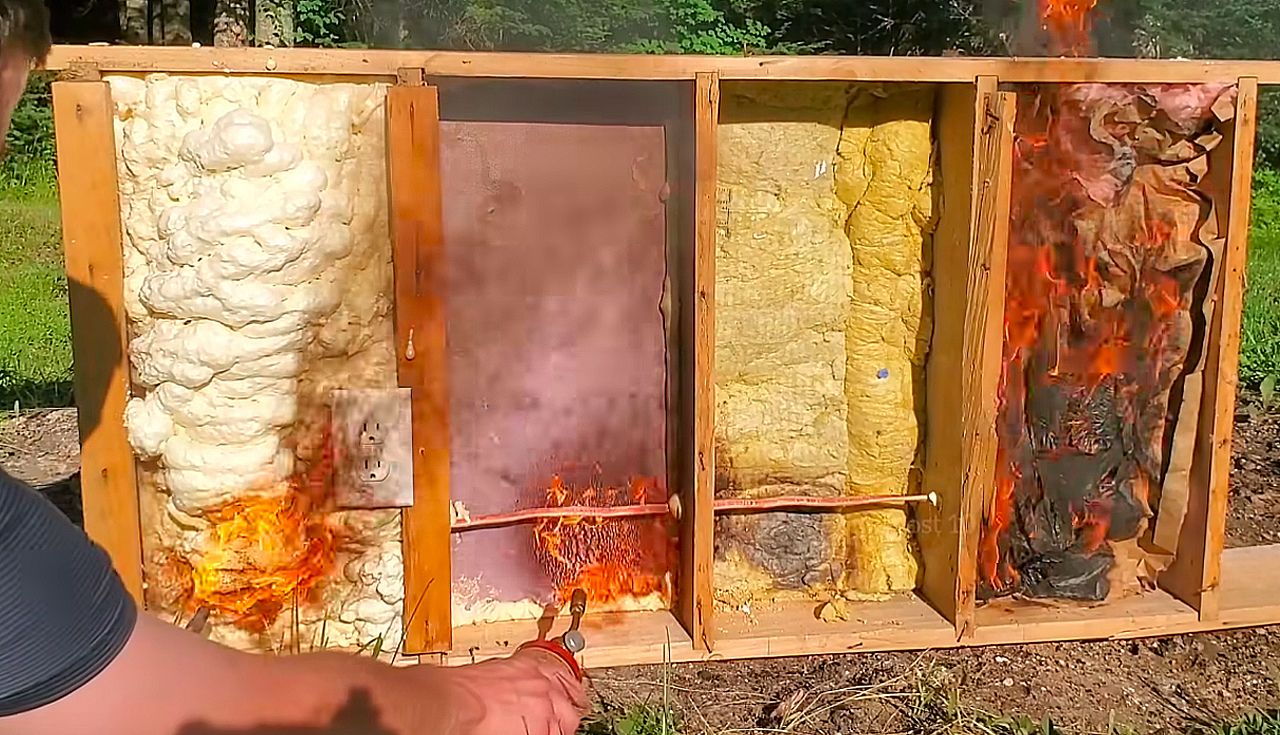
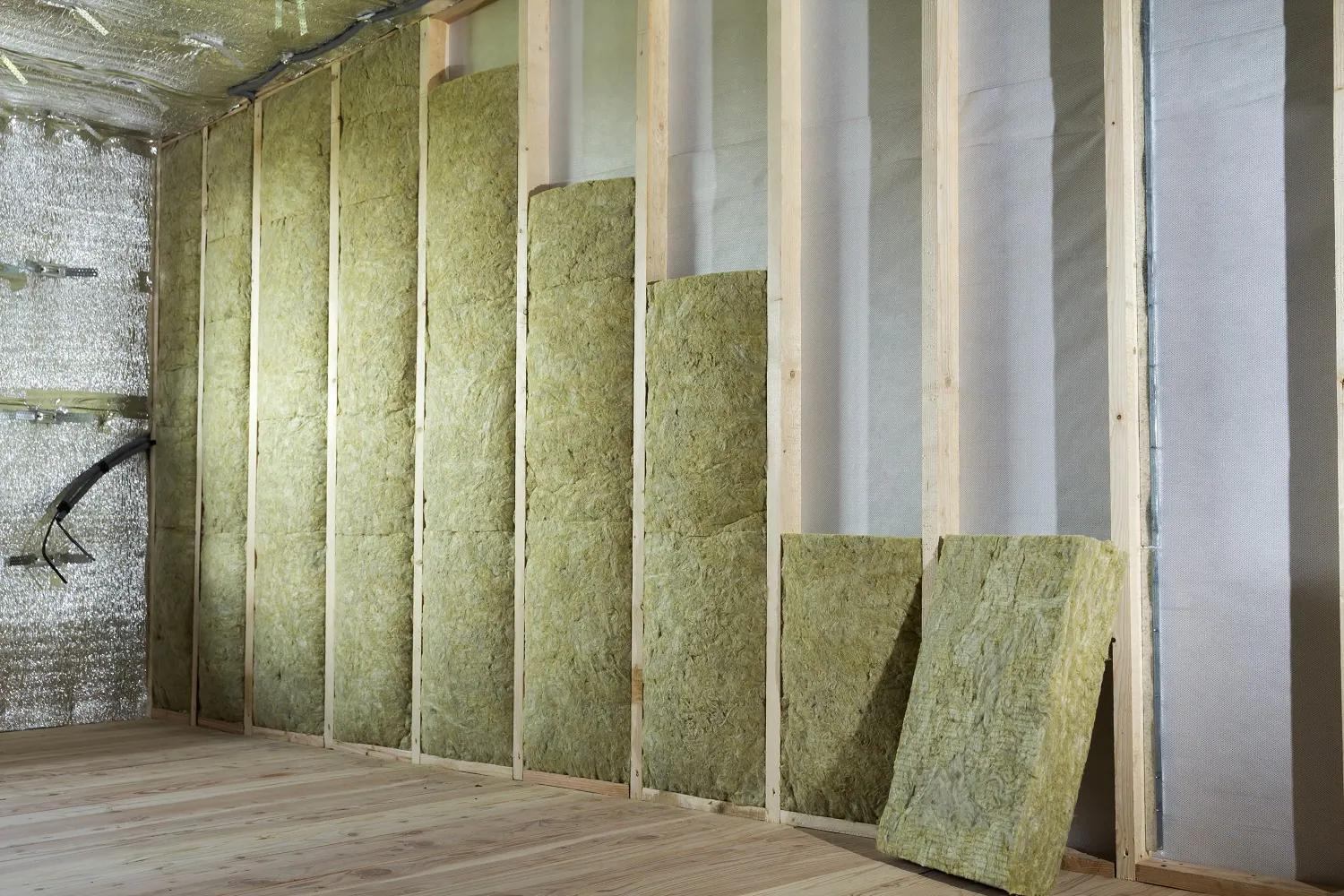
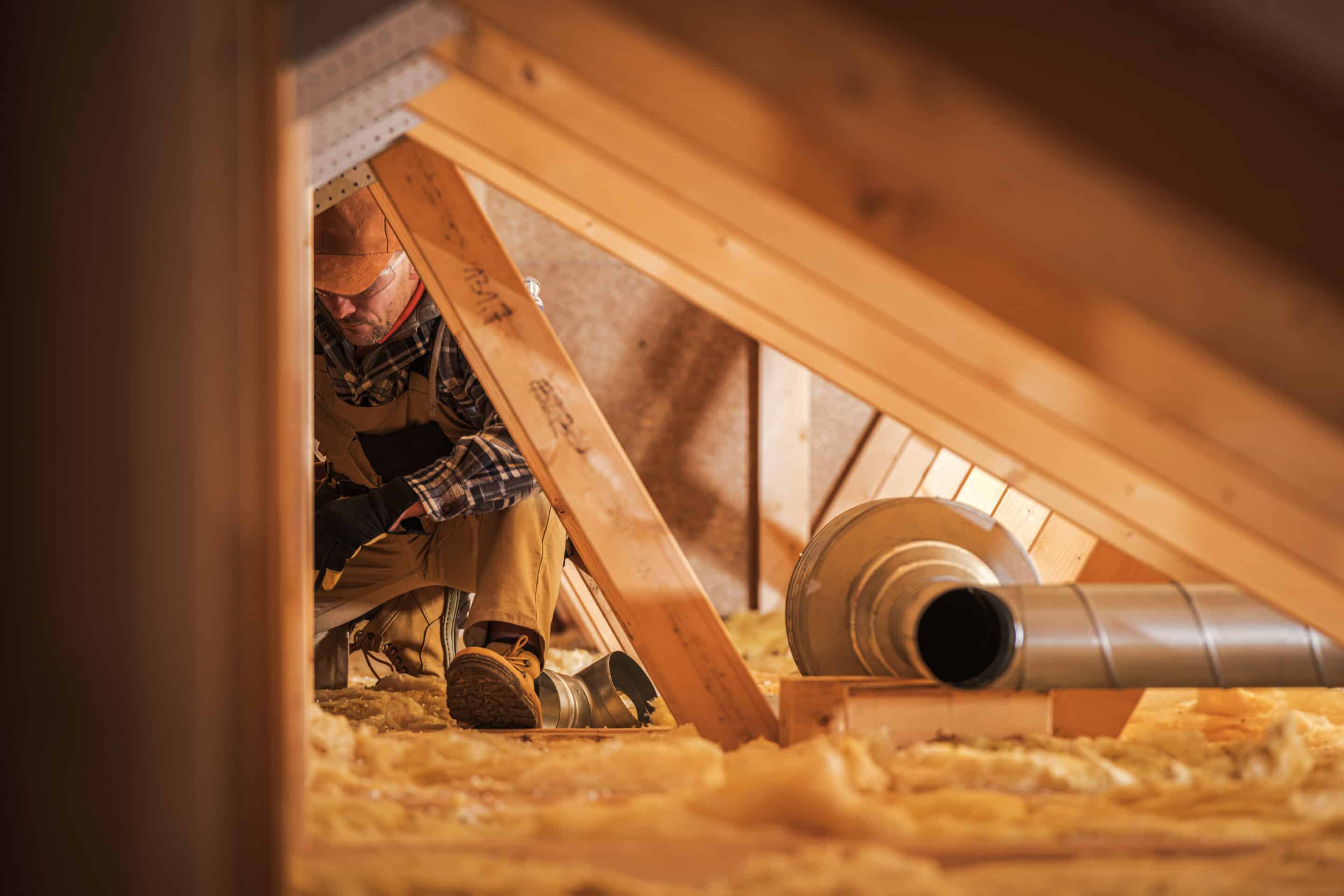
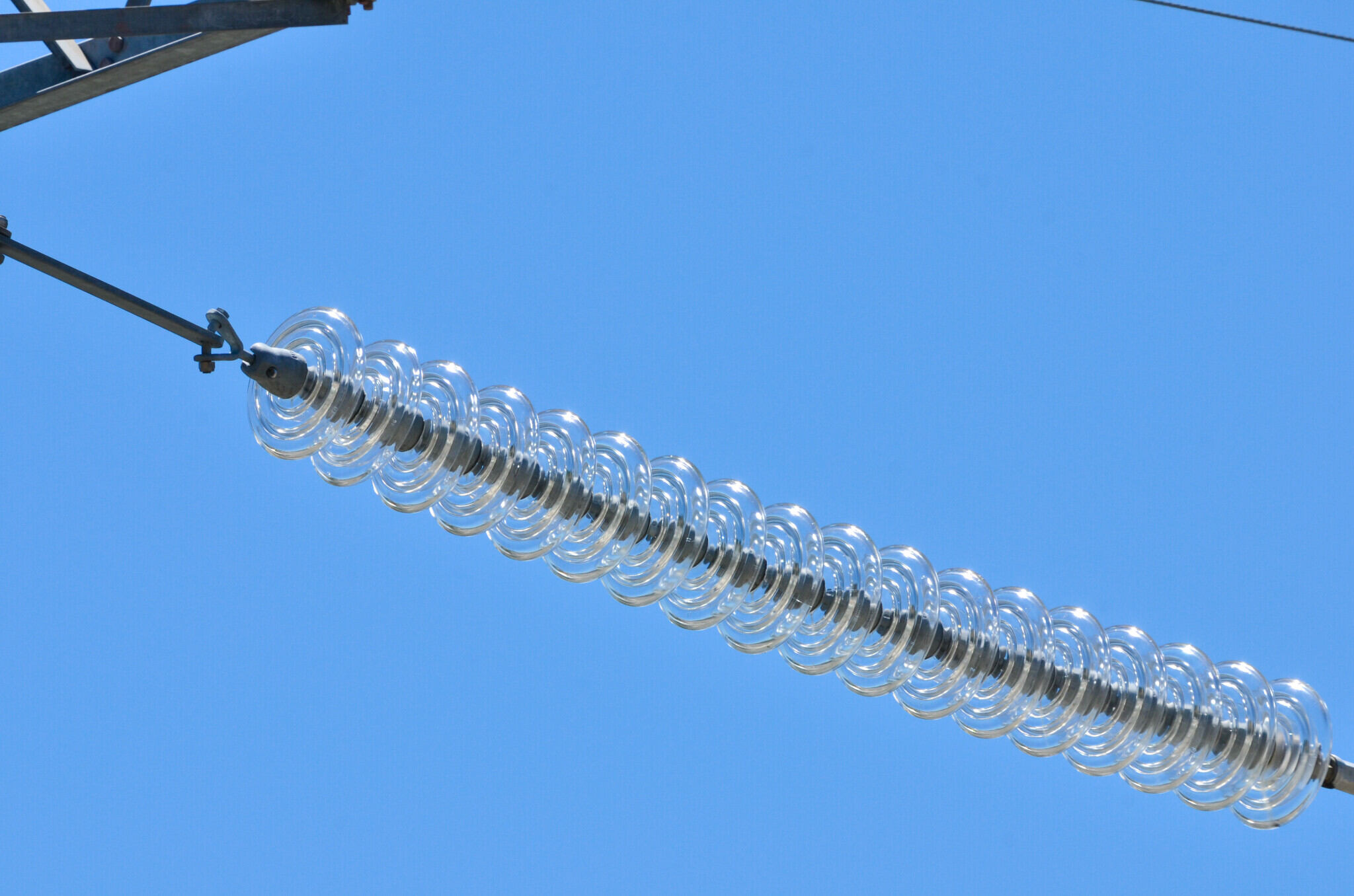
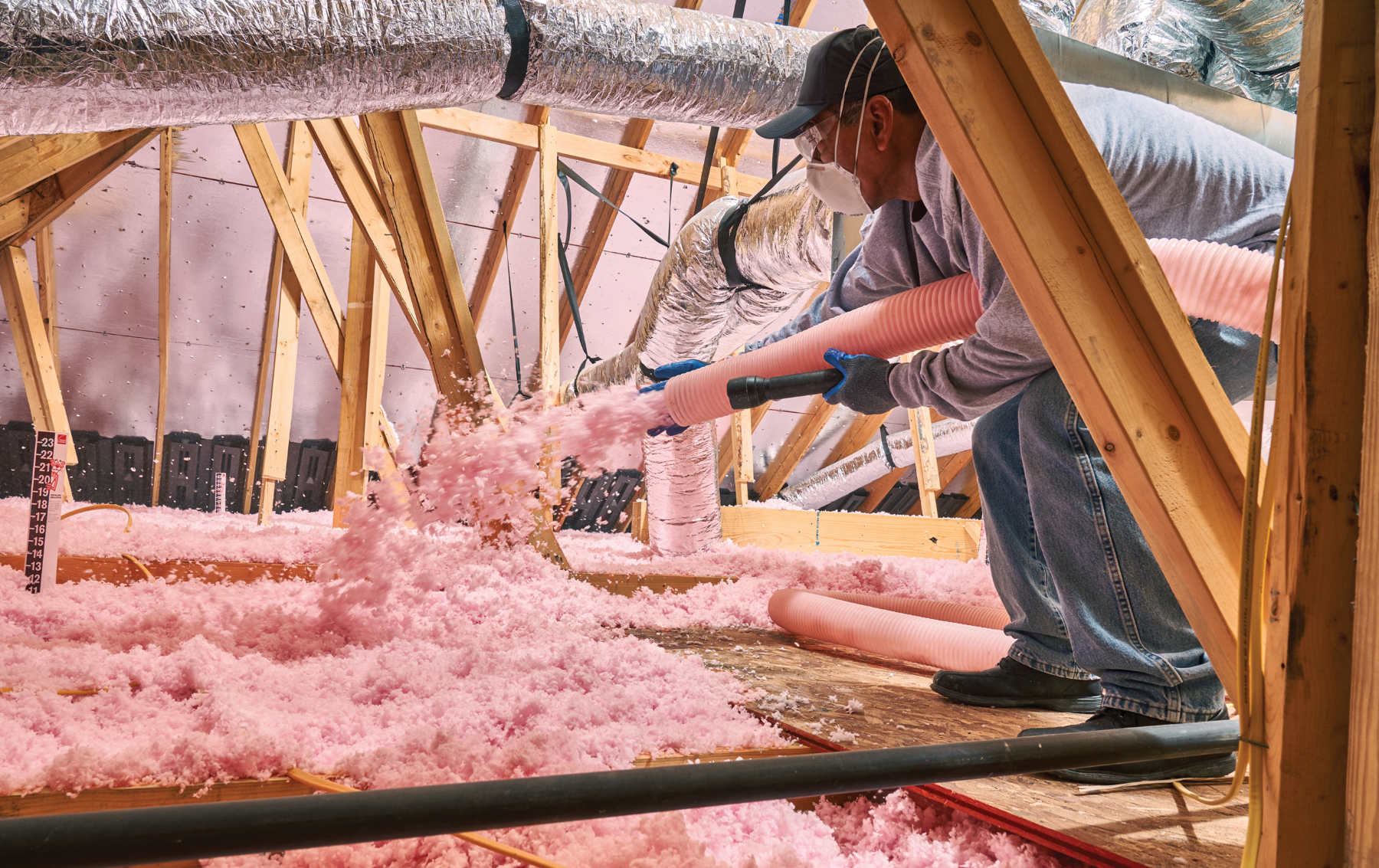
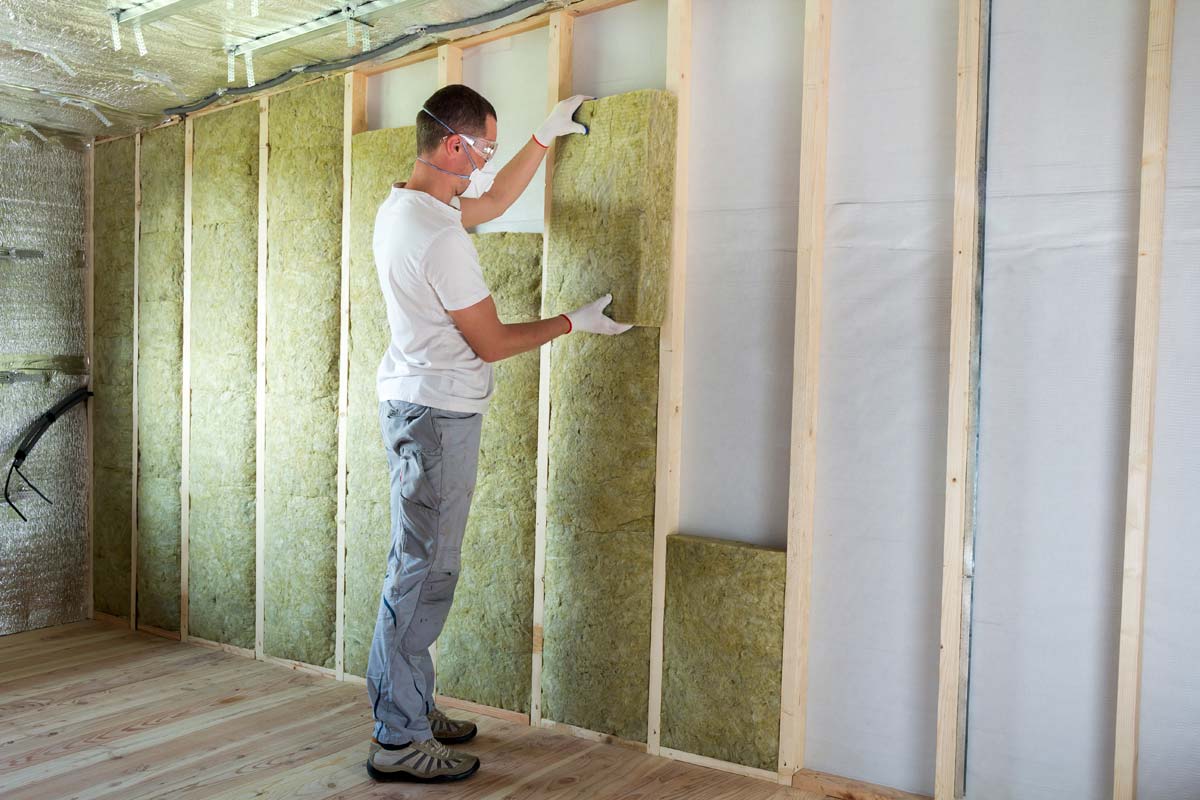

0 thoughts on “Why Is Fiberglass Used In Insulation”